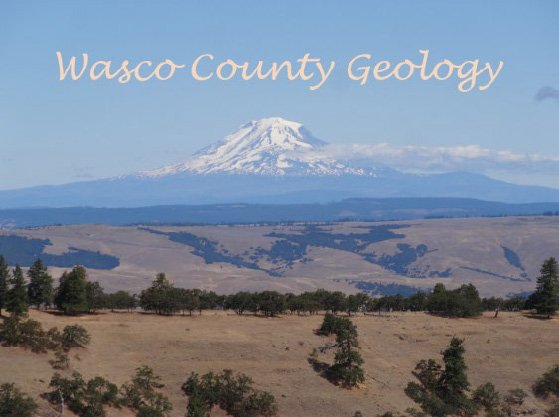Alyssa Smith PhD candidate
/Alyssa Smith PhD candidate
My research is focused in the central to northern Oregon Cascade Range. In this part of the Cascade Range, erupted lavas are very compositionally restricted as compared to other arc segments. Although the central to northern Oregon Cascade Range does have several large, more andesitic stratovolcanoes, such as Mt. Hood, Mt. Jefferson, and the Middle and South Sister, volcanism is dominated by hundreds of smaller, basaltic volcanoes. Studies of the Cascade Range have acknowledged the prevalence of basaltic volcanism in this portion of the range, but many regional studies have focused on the andesitic centers, leaving most of the basaltic centers unstudied.
The funds I received as a Bev Vogt grantee allowed me to complete my 2023 summer fieldwork season in Central Oregon. I took six PSU Geology undergraduates along with me on four and a half separate sampling trips (that "half" trip was cut short by the unexpected onset of fire season). These trips involved traversing wide areas within the Central Oregon High Cascades and sledgehammering lava from previously unsampled mafic volcanoes.
My assistants and I battled high temperatures, mosquitoes, wasps, and wildfire smoke. We were rewarded with a few dozen rock samples and unparalleled mountain views...and we only broke one sledgehammer handle in the process!
The geochemical data I will obtain from the collected samples will be critical to my doctoral work. I anticipate at least one, but likely two, more field seasons before my Ph.D. work is complete. My research aims to determine why mafic lavas (SiO2 < ~57 wt.%) are so abundant in the Oregon High Cascades, as well as why basaltic andesites (intermediate to basalts and andesites) are especially common.

























































